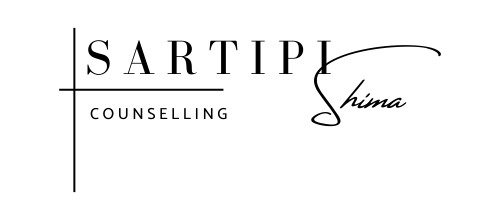Relationships, in all their complexity, are the tapestry of human experience. They can be vibrant and satisfying, yet fragile and prone to wear and tear. When a relationship fails, it is not always easy to find the right thread to repair it. However, by focusing on three basic steps—empathy, apology, and restitution—we can begin the healing process. This guide covers how to effectively use these steps to repair relationships, whether with a partner, friend, family member, or co-worker.
- Empathy:
Empathy is the ability to understand and share the feelings of others. This is an important first step in repairing a relationship because it involves stepping into the other person’s shoes and seeing the situation from their perspective. This deep understanding is critical for two reasons:
• Recognizing the impact of your actions: Sometimes, we may not fully understand the impact of our actions or words on someone. Empathy allows us to see the hurt or frustration we may have caused, even if it is unintentional.
Create a supportive environment: When a person feels understood, they are more likely to open up about their feelings. This creates a supportive environment where both parties can discuss issues without fear of judgment or dismissal.
How to cultivate empathy:
To foster empathy, start with active listening. Convey the feeling of being heard and validated by focusing carefully on what the other person is saying. At the same time, pay attention to their body language and tone, as these nonverbal cues provide valuable insight into their feelings. Also, asking open-ended questions that have short answers of yes or no can help the other person to clarify their thoughts and feelings. And finally, by confirming their feelings through sentences like “I understand the reasons behind your feelings. “I do”, you have the right to be upset and end the empathic interaction. This multifaceted approach increases the depth of communication and understanding in interpersonal communication.
2. Apology:
An apology is a powerful tool for repairing a broken relationship. It’s not just saying “I’m sorry”. Apologizing means admitting your mistake and expressing true regret. A sincere apology can open the door to forgiveness and show that you value the relationship.
Elements of a sincere apology:
First, the most important element in repairing a mistake is acknowledging the mistake that has occurred. State clearly what you did wrong. A vague apology can sometimes be insincere and complicate the problem. Second, express regret for the mistake you made. Tell them you are sorry for what you did and for any pain you caused. Third, show that you understand how your actions affected the other person. And finally, avoid justifying your actions or making excuses. This can undermine the sincerity of your apology.
3. Compensation:
Reparation means action to correct mistakes. This shows your commitment to repair the relationship and prevent similar problems in the future. Giving back goes beyond words and requires concrete actions.
Compensation steps:
The best way to make amends is to ask the other person what they need from you to move forward. Knowing exactly what to do to repair a relationship is very important. Of course, remember that being responsible is a fundamental pillar in this path and you must keep your promises. If you are committed to changing a behavior, make sure you take active steps to make it happen.
If you pass the previous steps mentioned successfully, you can enter the very important and sensitive stage of rebuilding trust. Understand that broken trust takes time to rebuild. So be patient and persistent in your efforts to achieve results.
To be sure, keep the lines of communication open and check in regularly to help avoid misunderstandings and demonstrate your continued commitment to the relationship.
Ultimately, repairing a relationship is a process that requires patience, understanding, and a willingness to grow. By practicing empathy, sincere apologies, and genuine reparations, you can weave threads of trust and understanding into the fabric of your relationship. It’s important to remember that this process isn’t just about fixing what’s broken, it’s also about strengthening the bond you share. Through these efforts, relationships can not only be repaired, but can also become richer and emerge stronger and more resilient than.




